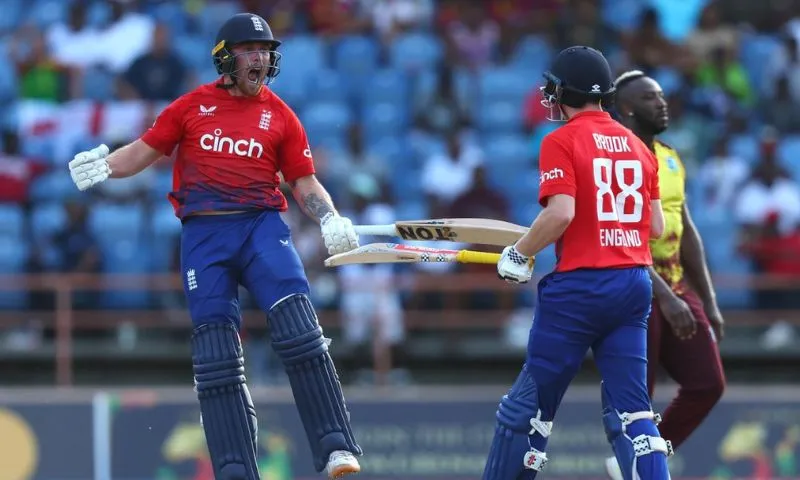Sandy Dharamsala’s playing field was considered “average” in four out of five World Cup matches.

The Australians closely inspect the pitch before the World Cup final.
The ICC said that the pitch in Ahmedabad, where the 2023 World Cup final between India and Australia took place, got an “average” rating. The ICC recently updated its list of ratings for pitches and playing fields, and it turns out that up to eight matches in the World Cup held at five different Indian venues received an overall “average” rating. This even includes five matches with India as the host.
The World Cup final held on November 19 took place on the same playing field that hosted the India-Pakistan match five weeks prior. This decision was made based on the advice of the ICC’s pitch consultant, Andy Atkinson, and the pitch received an “average” rating for both games. The field at Eden Gardens, where the second semi-final between Australia and South Africa happened, also got an “average” rating. Eden Gardens received the highest number of “average” ratings, totaling five in all.
The playing field for the first semi-final, featuring India and New Zealand at Mumbai’s Wankhede Stadium, received a “good” rating. There was attention on the pitch because it was changed before the match from a new surface to a used one. Despite concerns that it might be slow, the match turned out to be high-scoring, with both teams scoring a total of 724 runs. The game even saw three centuries, and surprisingly, only one wicket fell to spin bowling.
The ICC assesses pitches and outfields for all international games using one of six ratings: very good, good, average, below average, poor, or unfit.
In the tournament, India’s head coach, Rahul Dravid, disagreed with the “average” pitch ratings given for India’s league matches in Chennai (against Australia) and Ahmedabad (against Pakistan). Back then, he suggested having a wider range of surfaces categorized as “good” or “very good.”
Dravid expressed his disagreement, saying, “If you only consider pitches good when teams score 350 runs, I don’t agree with that. We should appreciate different skills in the game. If you just want to see boundaries and sixes, T20 matches are for that. Why do we need anything else?” This was before India’s match against New Zealand in Dharamsala on October 22.
Dravid pointed out, “There are skills showcased even on pitches where teams score 350 runs. It’s acceptable for that day. However, in the initial matches when there’s a bit of spin or conditions favor the bowlers, and you label those pitches as average, what about the bowlers? Why do they even play? If you just want to see two T20 matches, then fine. We need a fairer way to determine what qualifies as good or average.”
The Dharamsala playing field received an “average” rating
The ICC was mostly happy with the outfields, except for Dharamsala, which got an “average” rating in four out of five games it hosted. Players had criticized the Dharamsala outfield during the tournament. The main problem was the uneven grass and sandy base, making it risky for players to dive freely and posing a potential injury threat.
Earlier in the year, a Test match between India and Australia was relocated from Dharamsala on short notice due to concerns about the condition of the outfield.
The playing field for the last of Dharamsala’s five World Cup games, held between Australia and New Zealand on October 28, was rated as “very good.”
The MCA Stadium in Pune was the only other venue to get an “average” rating for the outfield, and this was for the India vs Bangladesh match on October 19.











